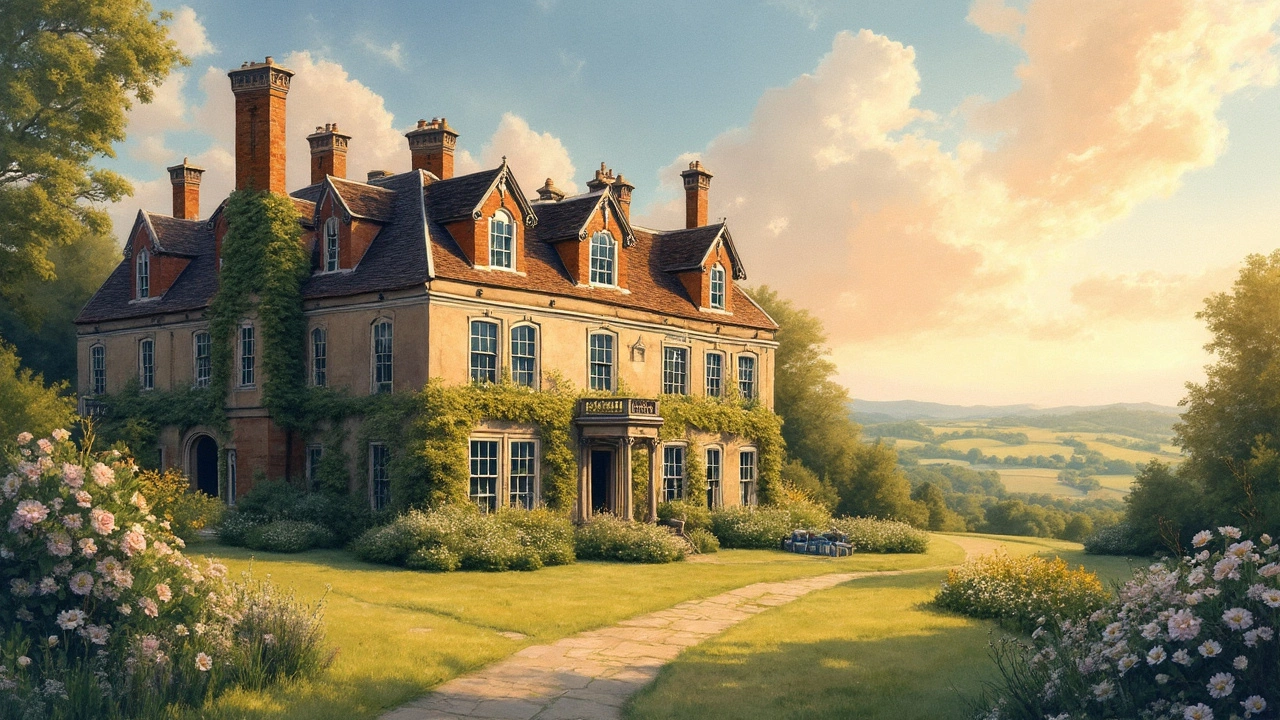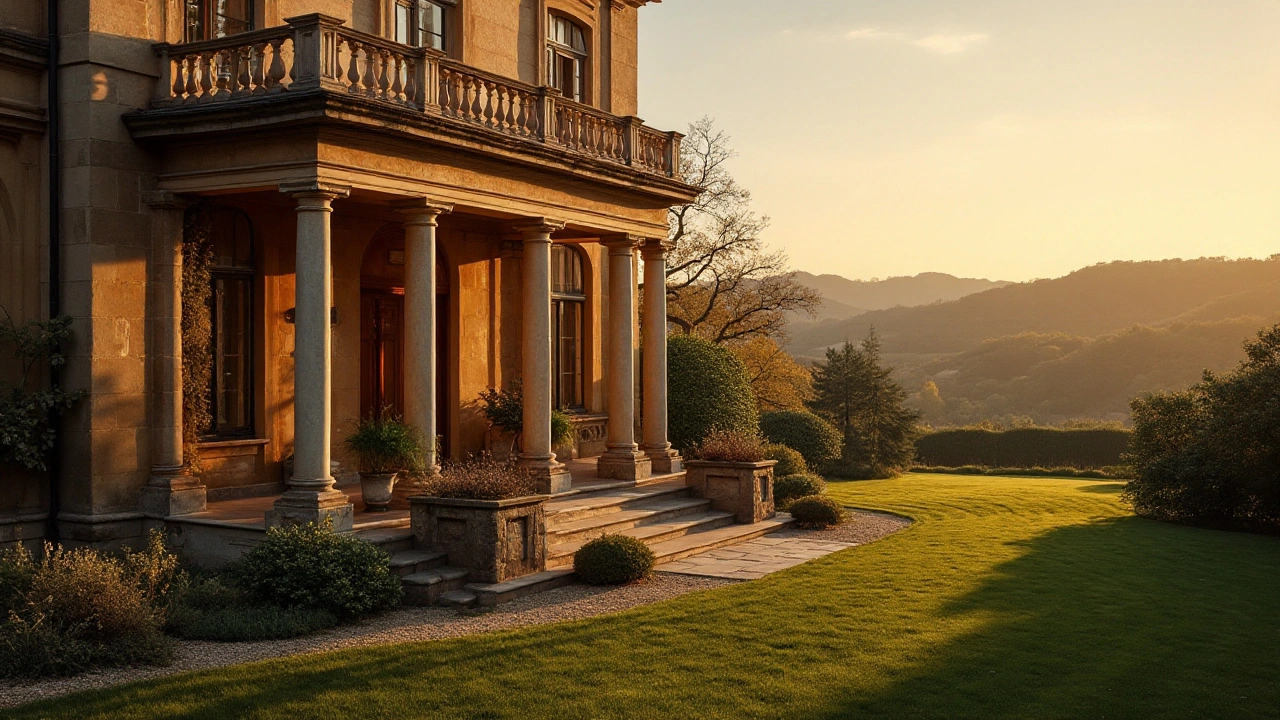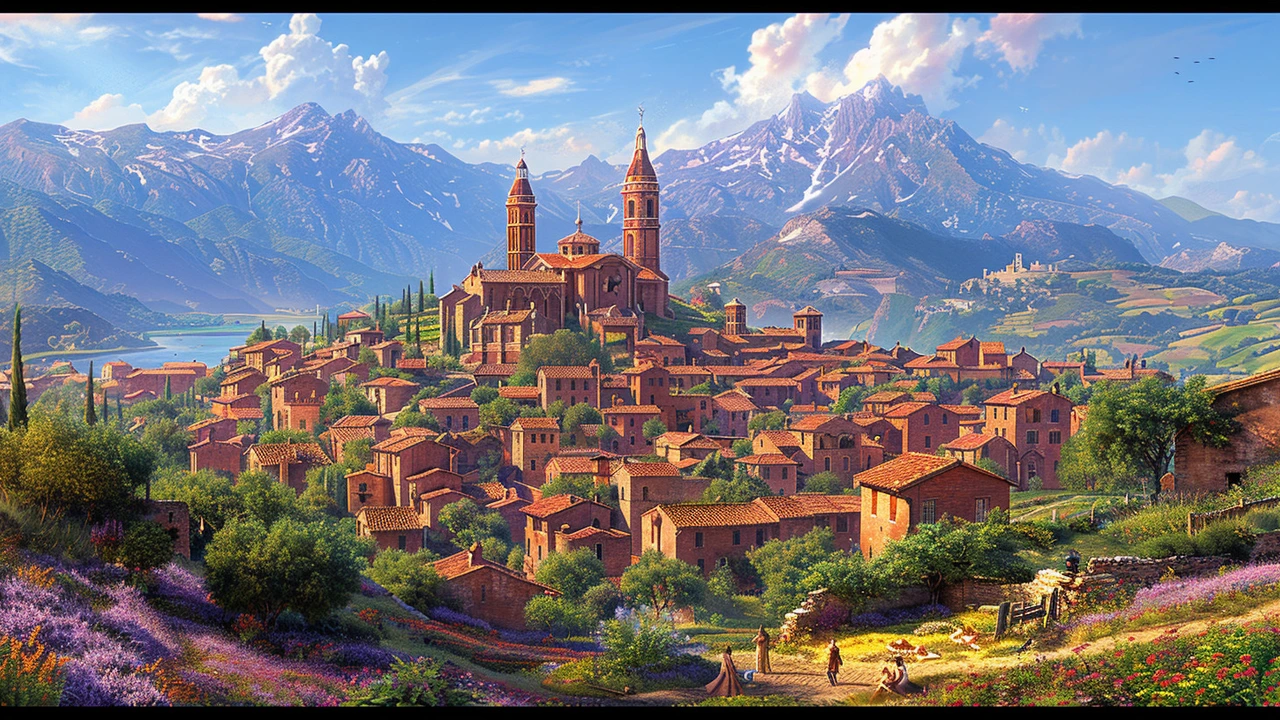Italianate Architecture: How to Spot It and Use It Today
Italianate architecture shows up on townhouses, country villas, and old commercial blocks. Want a quick way to know it? Look for tall, narrow windows often with rounded or segmental arches, wide overhanging eaves supported by decorative brackets, and a roof that is low-pitched or sometimes hidden behind a parapet. This style grew from 19th‑century interest in Italian rural buildings and became a go-to for builders who wanted a romantic, classical feel without heavy costs. When you see those brackets and arched windows together, you’re probably looking at Italianate.
Key features to spot
Italianate facades often use stucco, brick, or wood with a smooth finish and restrained ornament. Windows commonly have hood moldings, crowns, or pediments that add vertical emphasis. Cupolas or belvederes appear on larger examples, giving a clear silhouette against the sky. Porches and entryways may include paired columns or square posts with decorative capitals. Tall proportions, symmetrical layouts, and occasional bay windows are common in domestic examples. Cast iron details show up on urban buildings, especially around doors and balconies. Look for a consistent set of details rather than one single element; Italianate works as a package.
Using Italianate features in your home
You don’t need a full renovation to add Italianate character. Swapping a plain porch post for a square post with carved brackets gives immediate presence. Changing trim around windows to include a simple hood or crown lifts a plain facade without expensive structural work. Paint choices favor muted earth tones, warm creams, and pale ochres that echo old Italian villas. If you want drama, add a shallow bracketed cornice under the eaves to create a strong shadow line. For small urban homes, a cast iron balcony or a decorative balustrade over the entry adds period charm. Inside, keep tall windows and high ceilings if they exist, and pick moldings that echo the exterior brackets in scale.
Preserving Italianate features matters because many details are easy to lose during repairs. Replace rotten wood with like-for-like profiles rather than modern trim that erases the style. When restoring brackets or cornices, photograph the originals and match proportions rather than copying details exactly; scale reads faster than ornament. If you plan an addition, align rooflines and window proportions so the new work reads as part of the whole.
Local rules often affect what you can change on a historic Italianate house. Check local preservation guidelines and talk to your building inspector before replacing windows or removing cornices. Sometimes tax credits or small grants exist for restoring historic features, so ask your historical society. For budgets, focus on visible elements like porch trim and entry doors rather than full masonry work. Careful choices keep the house authentic and affordable.
Spotting Italianate gives you a quick way to read a building’s age and ambitions. Use one or two signature moves— a hooded window, a bracketed eave, or a small cupola— and you can add personality without pretending the house is something it never was.

Decoding Italianate Architecture: Unveiling Its Distinct Style
Italianate architecture is a style that emerged in the early 19th century, characterized by its picturesque aesthetic and classical details. Originating from Italy's rural villas, it spread to become a popular style in many European countries and the United States. Key features include low-pitched roofs, tall windows, and decorative brackets under wide eaves. This architectural style often incorporated local materials and building techniques, adapting to various climates and regions. By understanding the distinctive elements of Italianate architecture, one can appreciate the beauty and innovation of this timeless style.
Read more
Exploring Italianate Architecture: History and Cultural Significance
Italianate architecture emerged in the 19th century as a distinctive architectural style inspired by the classical villas of Italy. This style became popular in both Europe and North America, characterized by its elegant and ornate detailing, and marked by features like wide eaves, columns, and arched windows. Italianate architecture tells a story of cultural exchange and adaptation, influencing domestic and public buildings worldwide. Discover the history, characteristics, and cultural impact of this captivating style that continues to enchant architects and enthusiasts alike.
Read more
Italianate Architecture: Classic Beauty Redefined
Italianate architecture has captivated many with its timeless charm and grace. Rooted in the romantic villas of Italy, this architectural style redefines aesthetics with its unique features. Discover the history, key elements, and tips on how to incorporate this distinctive design in modern contexts. A deep dive into the lasting influence and beauty of Italianate architecture.
Read more